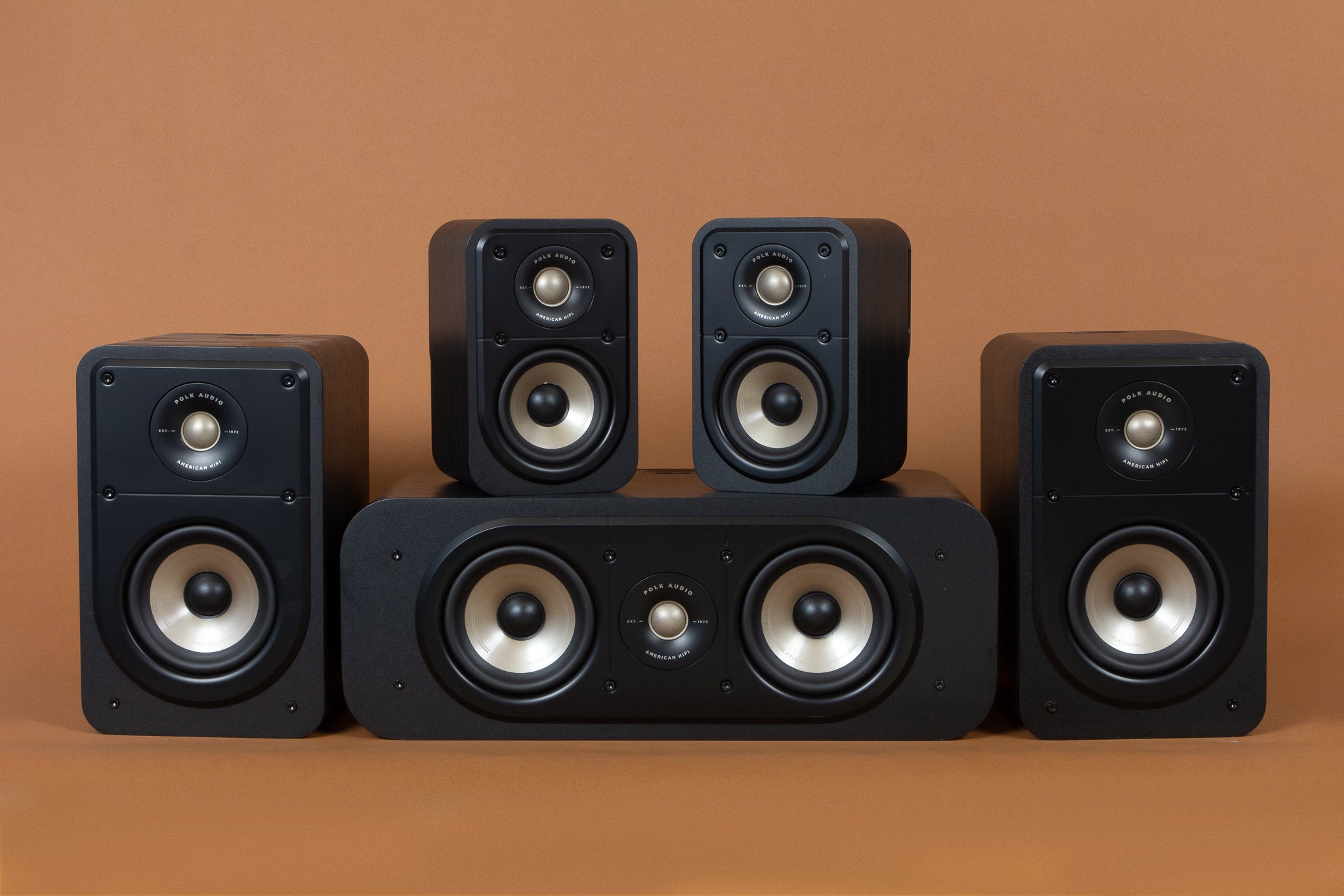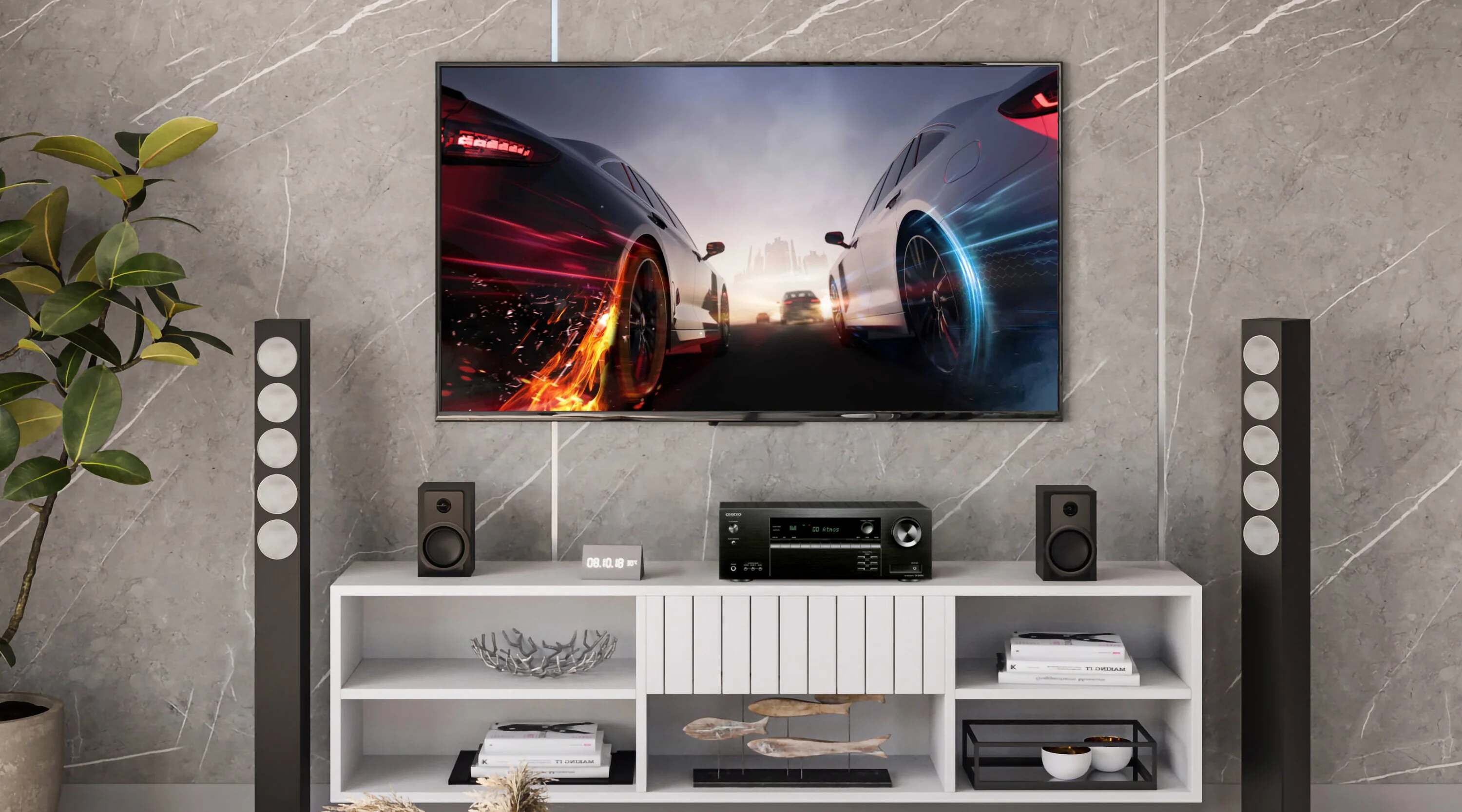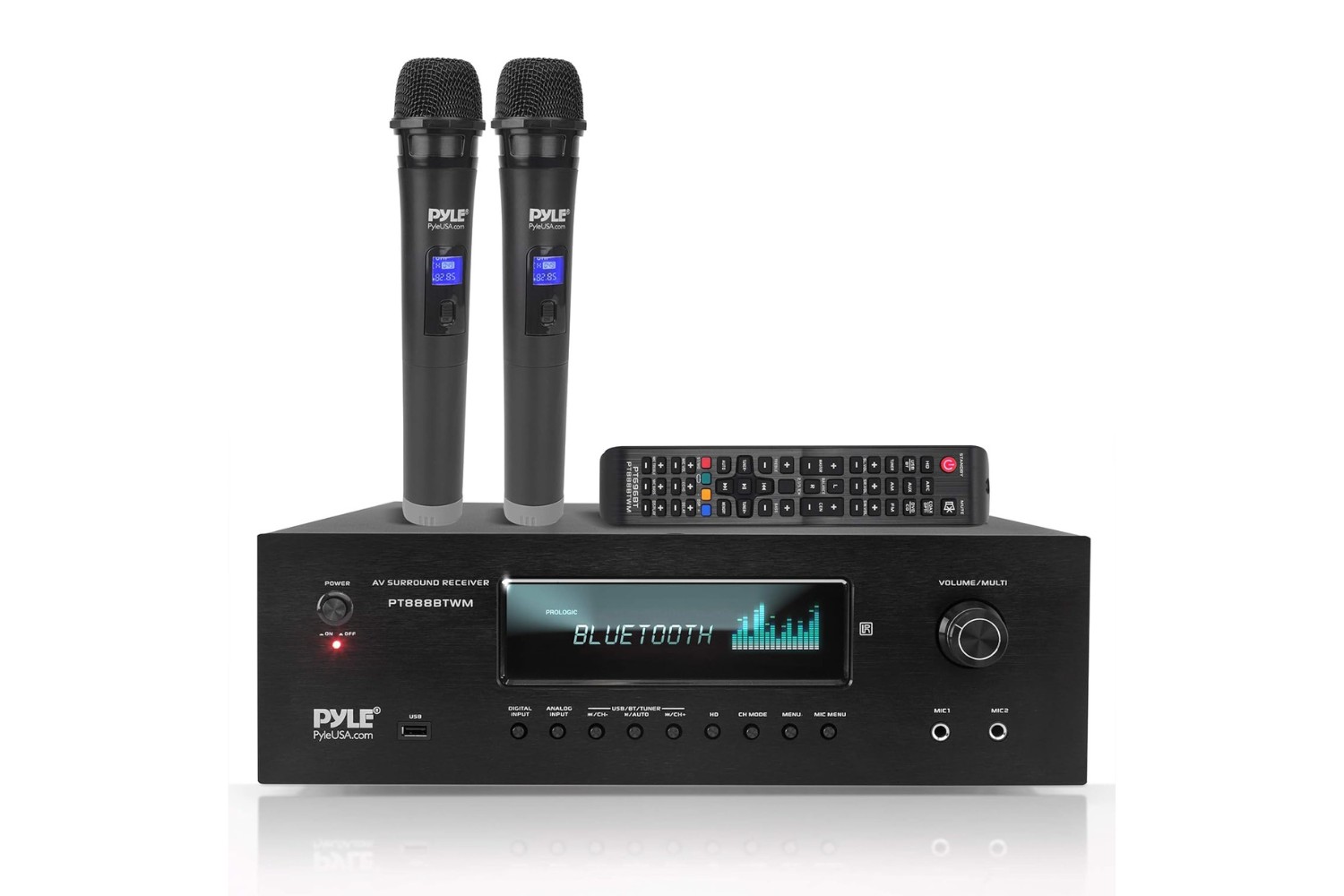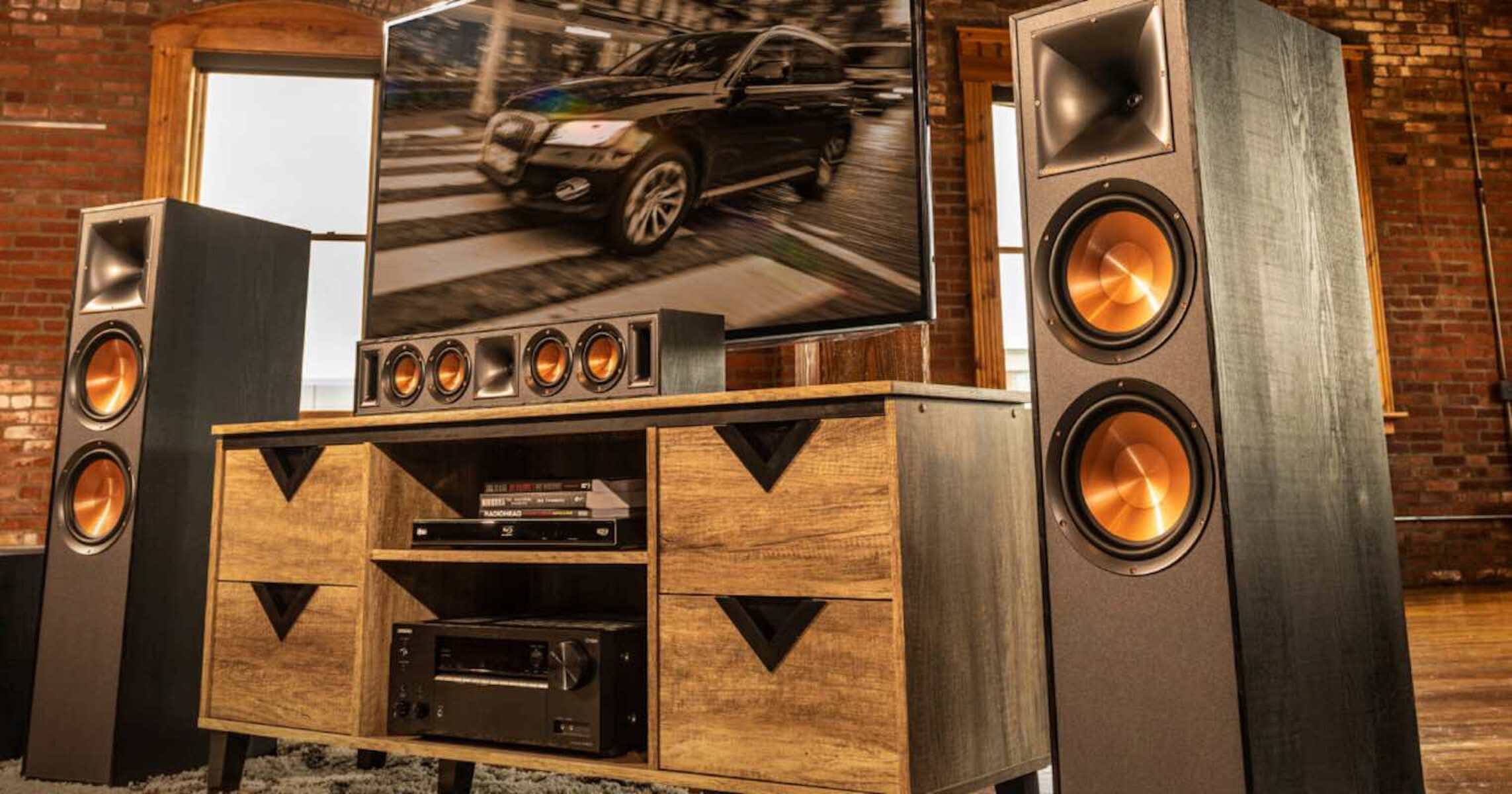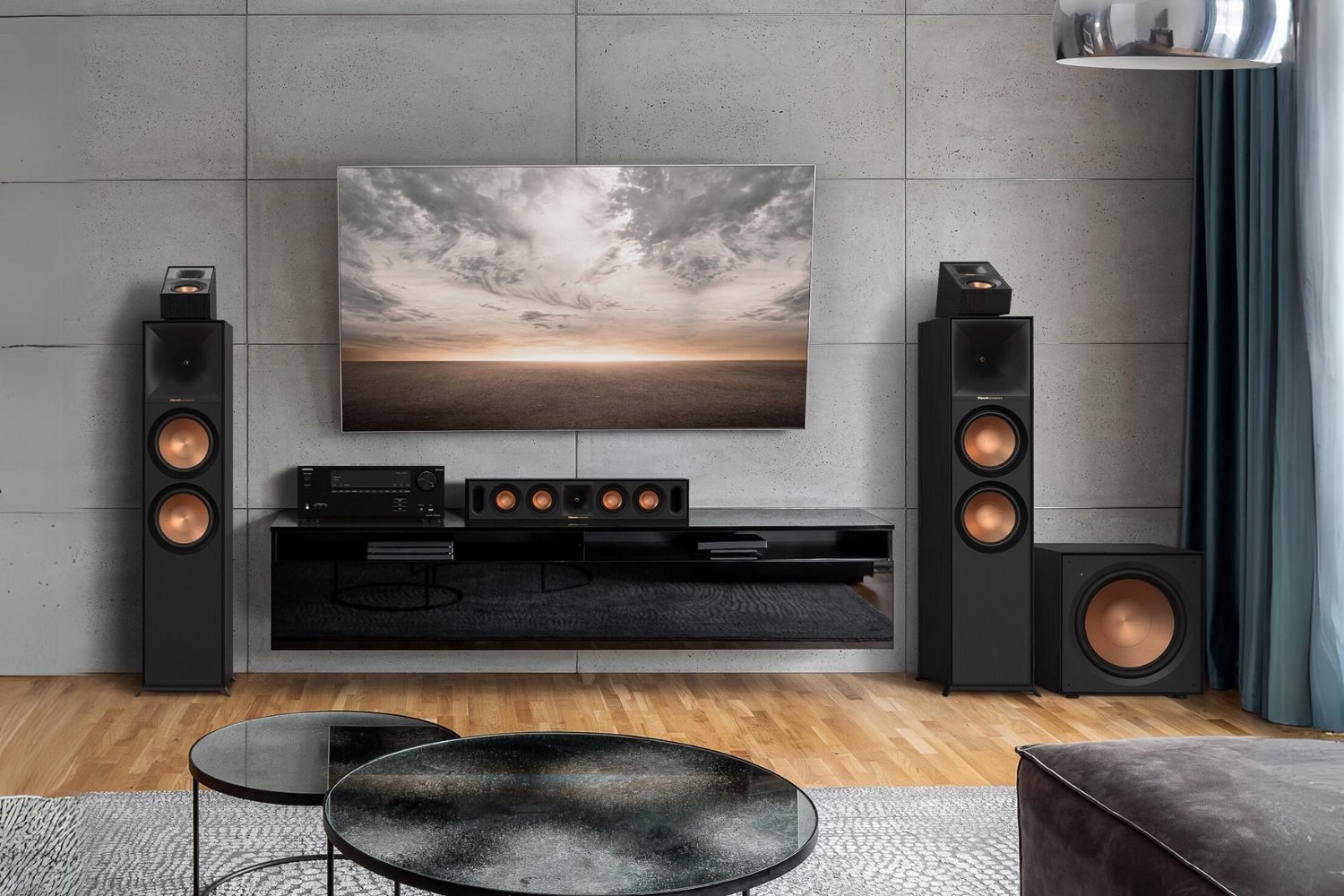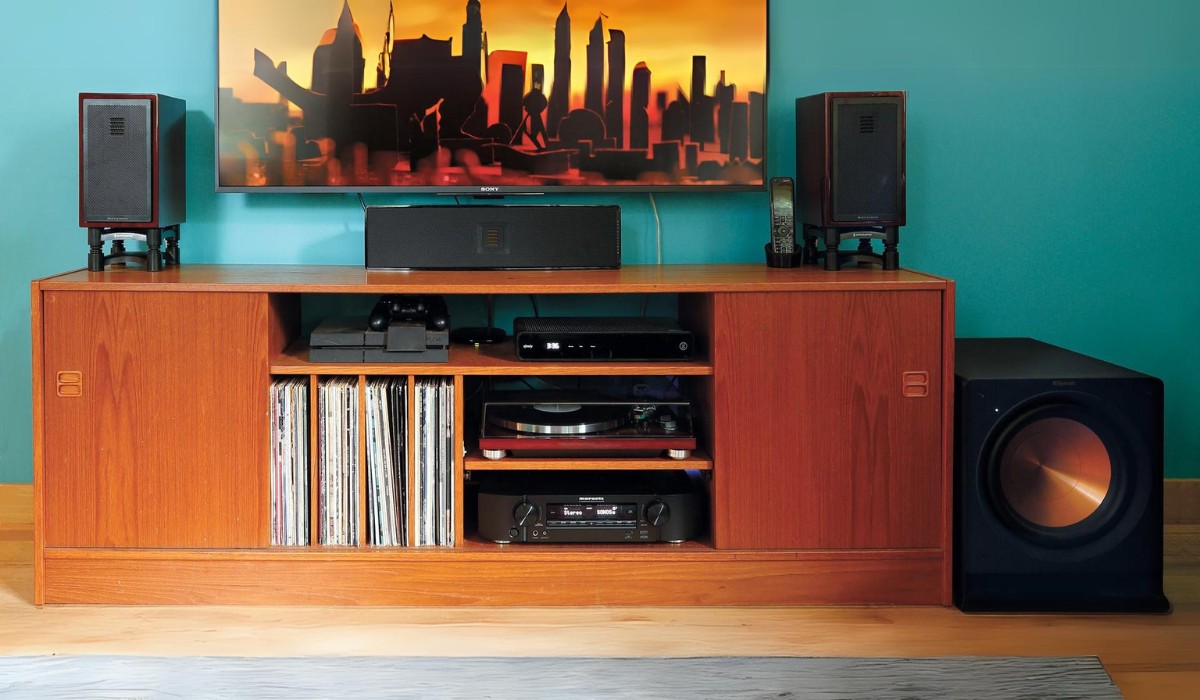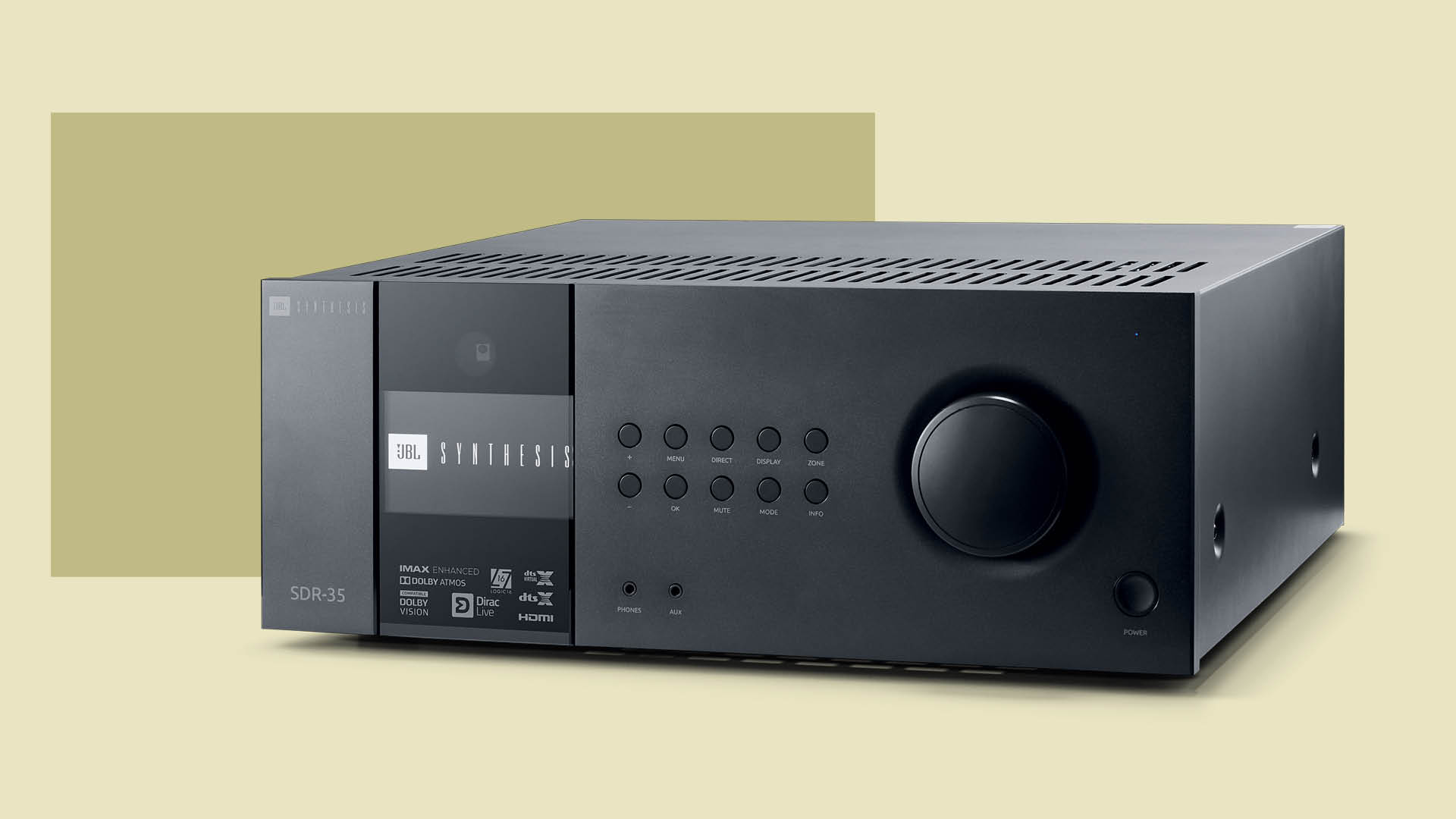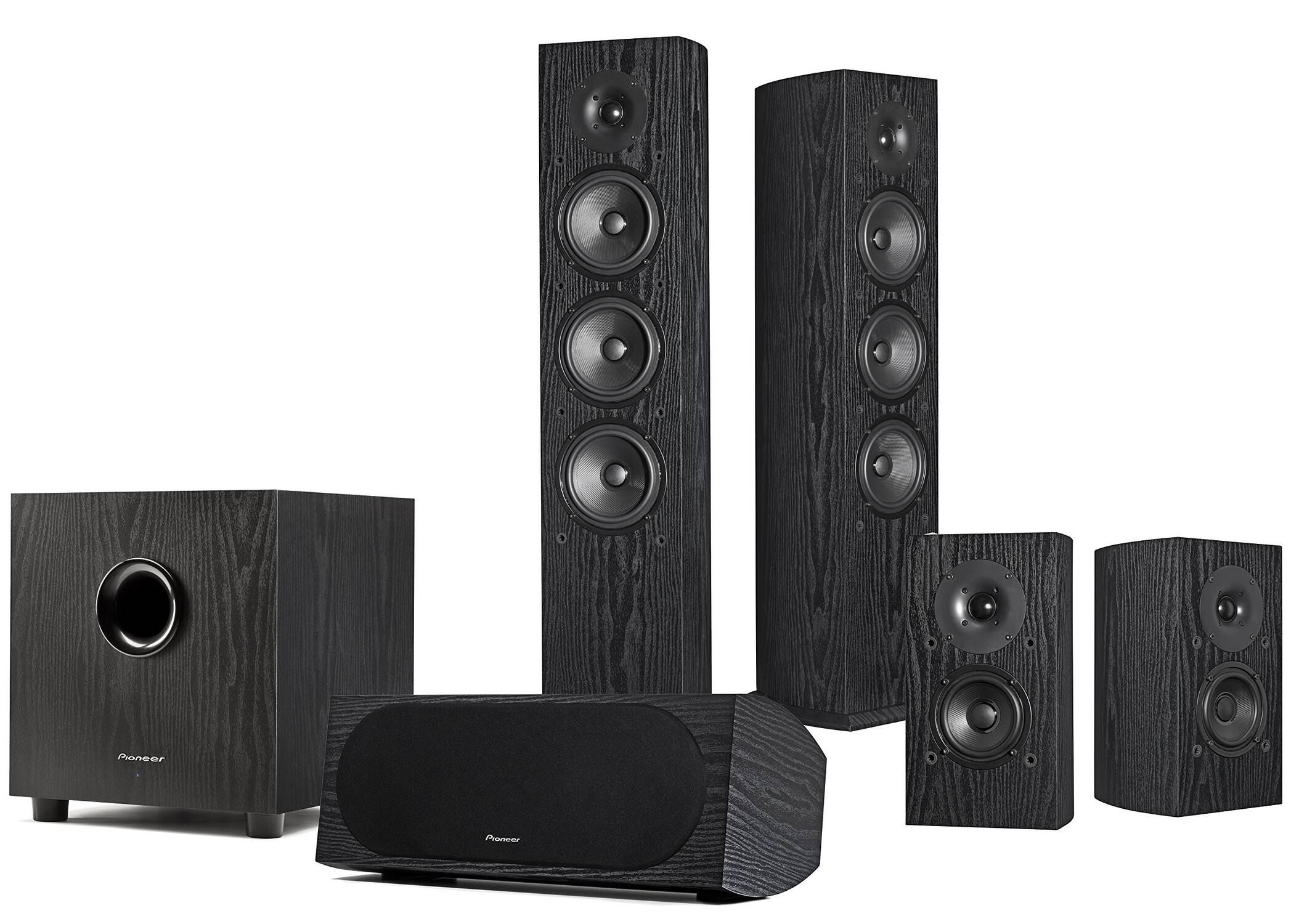Understanding Speaker Specifications
When selecting speakers for your AV receiver, it’s crucial to understand the various specifications associated with speakers. These specifications provide valuable insights into a speaker’s performance and compatibility with your audio setup. Here are some key specifications to consider:
- Frequency Response: This specification indicates the range of frequencies a speaker can reproduce, typically measured in Hertz (Hz). A wider frequency response range ensures that the speaker can accurately reproduce both low and high-frequency sounds, resulting in more balanced audio.
- Power Handling: Power handling, measured in watts, denotes the amount of power a speaker can handle without sustaining damage. It’s essential to match the power handling capabilities of the speakers with the output power of your AV receiver to prevent distortion or potential damage to the speakers.
- Impedance: Impedance, measured in ohms, represents the speaker’s resistance to the electrical current supplied by the amplifier. Matching the speaker’s impedance with the AV receiver’s impedance output ensures optimal power transfer and prevents overheating or overloading of the amplifier.
- Sensitivity: Speaker sensitivity, measured in decibels (dB), indicates how efficiently a speaker converts power into sound. Higher sensitivity ratings mean that the speaker can produce louder volumes with less power, making them suitable for low-powered amplifiers.
- Driver Configuration: Understanding the number and type of drivers in a speaker (e.g., woofers, tweeters, and subwoofers) is essential for assessing the speaker’s ability to reproduce different frequencies accurately.
- Crossover Frequency: The crossover frequency determines the point at which different drivers take over reproducing specific frequencies. Matching the crossover frequency with the capabilities of your AV receiver and other speakers in a multi-channel setup ensures seamless integration and balanced sound distribution.
By familiarizing yourself with these speaker specifications, you can make informed decisions when choosing speakers that complement your AV receiver and deliver an immersive audio experience.
Matching Speaker Impedance
Speaker impedance plays a pivotal role in ensuring the compatibility and optimal performance of speakers with your AV receiver. Understanding how to match speaker impedance with your AV receiver’s capabilities is essential for preventing potential damage and achieving high-quality audio output.
Impedance, measured in ohms, represents the resistance a speaker offers to the electrical current supplied by the amplifier. It’s crucial to match the speaker’s impedance with the AV receiver’s output impedance for several reasons:
- Optimal Power Transfer: Matching the speaker’s impedance with the AV receiver’s output impedance facilitates efficient power transfer, ensuring that the speaker receives the appropriate electrical current to produce clear and distortion-free sound.
- Preventing Overheating: Mismatched impedance can lead to overheating of the amplifier, potentially causing damage to the AV receiver and the speakers. By selecting speakers with impedance ratings that align with the receiver’s specifications, you can safeguard the components from potential harm.
- Amplifier Stability: A mismatch in impedance can result in unstable amplifier performance, leading to fluctuations in sound quality and potential damage to the amplifier’s output stage. By adhering to the recommended impedance range, you can maintain amplifier stability and prolong its lifespan.
When selecting speakers, it’s essential to consider the impedance ratings provided by the manufacturer. These ratings typically range from 4 to 8 ohms, with some speakers offering multiple impedance options. Ensure that the selected speakers’ impedance is within the recommended range specified by your AV receiver’s manufacturer.
Additionally, for multi-channel AV receivers, it’s crucial to maintain consistent impedance levels across all connected speakers to ensure balanced power distribution and uniform sound quality across the entire audio setup.
By carefully matching speaker impedance with your AV receiver’s specifications, you can optimize the performance of your audio system, mitigate the risk of damage, and enjoy a seamless and immersive listening experience.
Considering Speaker Sensitivity
Speaker sensitivity, measured in decibels (dB), is a crucial specification that directly impacts a speaker’s performance and its compatibility with your AV receiver. Understanding speaker sensitivity is essential for achieving optimal audio output and ensuring that the speakers effectively utilize the power supplied by the amplifier.
Higher sensitivity ratings indicate that a speaker can produce louder volumes with less power, making them suitable for use with low-powered amplifiers. Conversely, speakers with lower sensitivity ratings require more power to achieve the same volume levels. When considering speaker sensitivity, several key factors come into play:
- Amplifier Compatibility: Matching the speaker’s sensitivity with the output capabilities of your AV receiver is crucial for achieving balanced and distortion-free sound. If you have a low-powered amplifier, selecting speakers with higher sensitivity ratings can maximize the available power and deliver impressive sound levels without straining the amplifier.
- Efficient Power Utilization: Speakers with higher sensitivity ratings can efficiently convert electrical power into sound, resulting in dynamic and impactful audio reproduction. This efficiency is particularly beneficial for music and home theater setups, where the speakers need to deliver immersive soundscapes without requiring excessive power.
- Dynamic Range: Speaker sensitivity also influences a speaker’s dynamic range, affecting its ability to accurately reproduce soft and loud sounds with clarity and detail. Higher sensitivity speakers often excel in delivering nuanced audio, capturing subtle details and preserving the integrity of the original audio content.
When assessing speaker sensitivity, it’s important to consider the listening environment, the intended usage of the speakers, and the specific requirements of your audio setup. Additionally, understanding how sensitivity interacts with other speaker specifications, such as power handling and impedance, can aid in making informed decisions when selecting speakers for your AV receiver.
By carefully considering speaker sensitivity and its implications for amplifier compatibility and audio performance, you can choose speakers that harmonize seamlessly with your AV receiver, resulting in an immersive and captivating listening experience.
Selecting Speaker Size and Type
When choosing speakers for your AV receiver, the size and type of speakers play a pivotal role in determining the overall audio performance and the suitability of the speakers for your specific audio setup. Understanding how speaker size and type influence sound reproduction and spatial integration is essential for creating a well-balanced and immersive listening environment.
Here are key considerations when selecting speaker size and type:
- Room Acoustics: The size of the room where the speakers will be placed significantly impacts the choice of speaker size. Larger rooms may benefit from floor-standing speakers that can deliver robust sound and fill the space, while smaller rooms or spaces with limited placement options may require compact bookshelf or satellite speakers for a more discreet setup.
- Listening Preferences: Understanding your listening preferences and the intended usage of the speakers is crucial. For home theater setups, a combination of floor-standing, center channel, and surround speakers can create a cinematic audio experience, while stereo setups may prioritize high-quality bookshelf or tower speakers for focused stereo imaging.
- Speaker Type: Different speaker types, such as bookshelf, floor-standing, in-wall, or in-ceiling speakers, offer unique advantages based on their design and intended application. Bookshelf speakers are versatile and can be placed on stands or shelves, while in-wall and in-ceiling speakers provide a streamlined and space-saving solution for integrated audio systems.
- Bass Response: For enthusiasts of deep, impactful bass, the inclusion of a dedicated subwoofer or the selection of floor-standing speakers with built-in subwoofers can significantly enhance the low-frequency performance, providing a more immersive and visceral audio experience.
- Multi-Channel Setup: In multi-channel audio configurations, such as 5.1 or 7.1 surround sound systems, the selection of matching speakers for the front, center, and surround channels is crucial for achieving coherent and seamless sound localization and envelopment.
By carefully evaluating the room acoustics, considering your listening preferences, and understanding the unique attributes of different speaker types, you can select speakers that not only complement your AV receiver but also cater to your specific audio needs, resulting in a captivating and immersive listening experience.
Budgeting for Speakers
When embarking on the journey of selecting speakers for your AV receiver, establishing a clear budget is a crucial initial step. Understanding how to allocate your resources effectively while considering the long-term value and performance of the speakers is essential for making informed purchasing decisions.
Here are key considerations when budgeting for speakers:
- Quality vs. Cost: While it’s tempting to prioritize cost over quality, investing in speakers that offer exceptional audio performance and durability can provide long-term satisfaction. Assessing the overall build quality, driver materials, and engineering of the speakers can help determine if they offer genuine value for the price.
- Scalability: If you plan to expand your audio system in the future, considering speakers that offer scalability and compatibility with additional components, such as subwoofers or surround speakers, can prevent the need for frequent upgrades and ensure a cohesive audio setup.
- Room Acoustics: Understanding the acoustic characteristics of the room where the speakers will be utilized is crucial. In some cases, investing in acoustic treatments or room correction technologies may be more beneficial than allocating a substantial portion of the budget solely to speakers, ultimately enhancing the overall audio experience.
- Long-Term Investment: Viewing the purchase of speakers as a long-term investment can justify allocating a reasonable budget. High-quality speakers with enduring performance can provide years of enjoyment, making them a worthwhile investment for avid music and movie enthusiasts.
- Warranty and Support: Considering the warranty coverage and after-sales support offered by the speaker manufacturer is essential. A reliable warranty and accessible customer support can add significant value to the speakers, providing peace of mind and assistance in the event of any issues or concerns.
By carefully evaluating the balance between quality and cost, considering the scalability of the speakers, understanding the room acoustics, viewing the purchase as a long-term investment, and assessing the warranty and support options, you can effectively budget for speakers that align with your audio aspirations and deliver enduring satisfaction.







